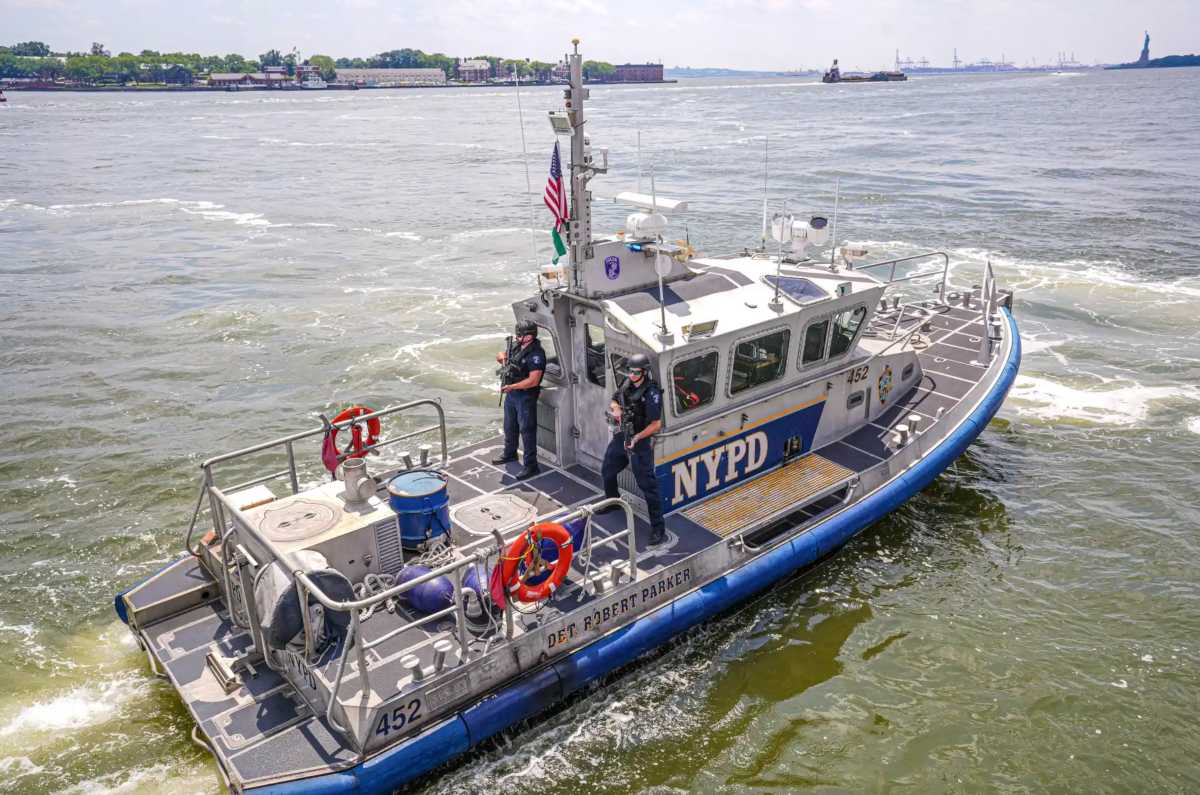By Harvey Goodman
Let’s face it—traditional garden sprinklers are easy, inexpensive and unbelievably wasteful. Far more water ends up on the pavement, around plants that are not thirsty, and in unplanted areas. Count in evaporation and runoff, and you have an ideal model of inefficiency and waste—not to mention a huge water bill! Finally, include a possible drought condition this summer and you are looking at brown lawns and leafless shrubs.
A relatively simple system, one that can be easily installed by the home gardener, is referred to as a “drip-irrigation” system. Compared to the professionally installed underground “pop-up” sprinkler, which can cost upwards of $2,000 to cover about 2,500 square feet, the drip-irrigation system can usually be installed for about $250—a savings of nearly $1,750. The better news is that the system uses less water than a sprinkler set-up and is many times more efficient.
Drip-irrigation systems consist of aboveground, or slightly buried, flexible black tubing, attached to various emitters such as drippers with sprinkler heads, soaker hoses and misters.
The key to this efficient system is that the water is released close to the ground, and thus directly into the soil. The estimated saving over an in-ground sprinkler system is between 15 and 20 percent. Depending on local conditions such as humidity, soil and rainfall, drip watering can save anywhere from 40 to 70 percent.
Several add-ons will be required for a more efficient and safe system. A backflow prevention device will protect clean household water from being contaminated by siphoned dirty water.
In some areas, not necessarily New York, hard water can become a problem. The mineral-heavy water can produce lime deposits that will clog both hoses and emitters. A specially designed water filter will prevent this problem.
A timer is essential, both for convenience and saving water. The timer is installed in the beginning of the main line and can be regulated based on the needs of the area being serviced.
A relatively new addition to this system is a unit called a “fertilizer injector.” This unique device allows the gardener to provide a measured amount of fertilizer throughout the garden.
You will need to monitor your system to determine if plants are getting too much or too little water. Clogged or broken emitters can likewise be spotted.
Finally, the beauty of this system is that the configuration is easily changed when the garden design is modified.
Oh yes, one more item, wait for the ground to thaw before attempting to place the hoses. A week or more with temperature in the 50’s will prepare the soil for your project.
Questions and concerns about gardening or houseplants? Contact the Plant Doctor at Harvey.Goodman@att.net






























